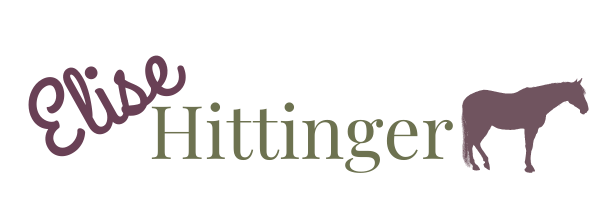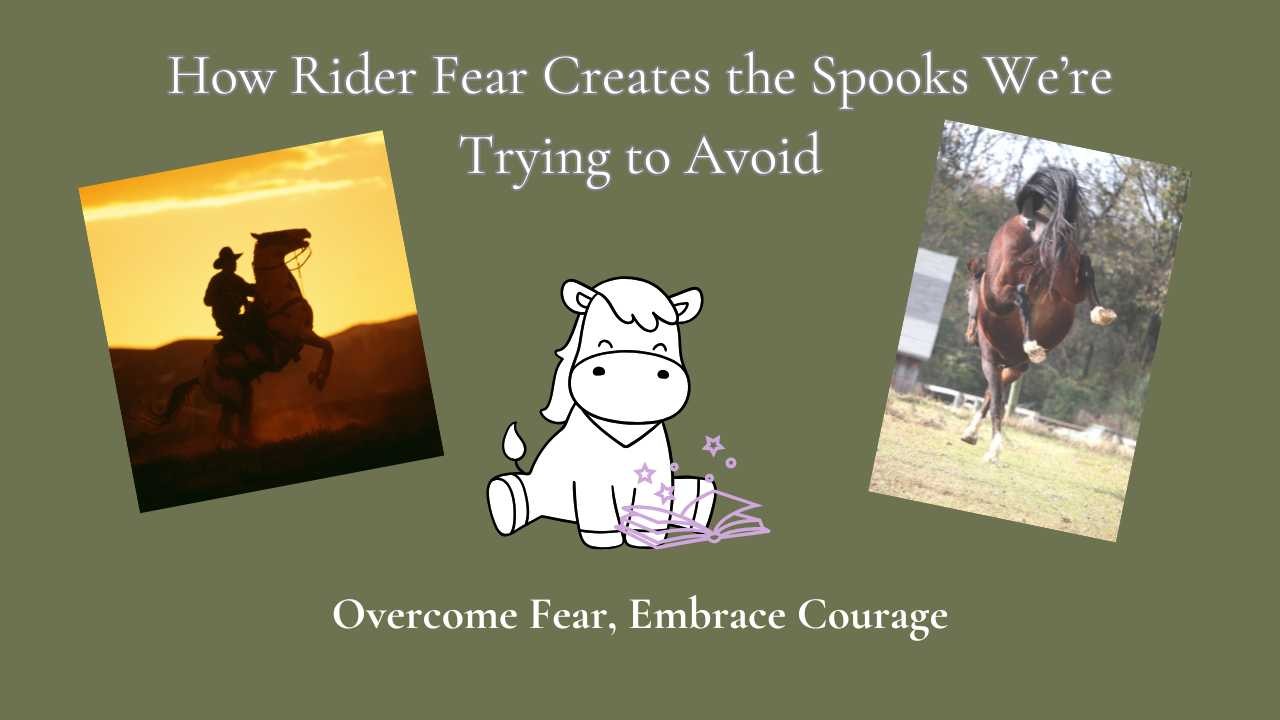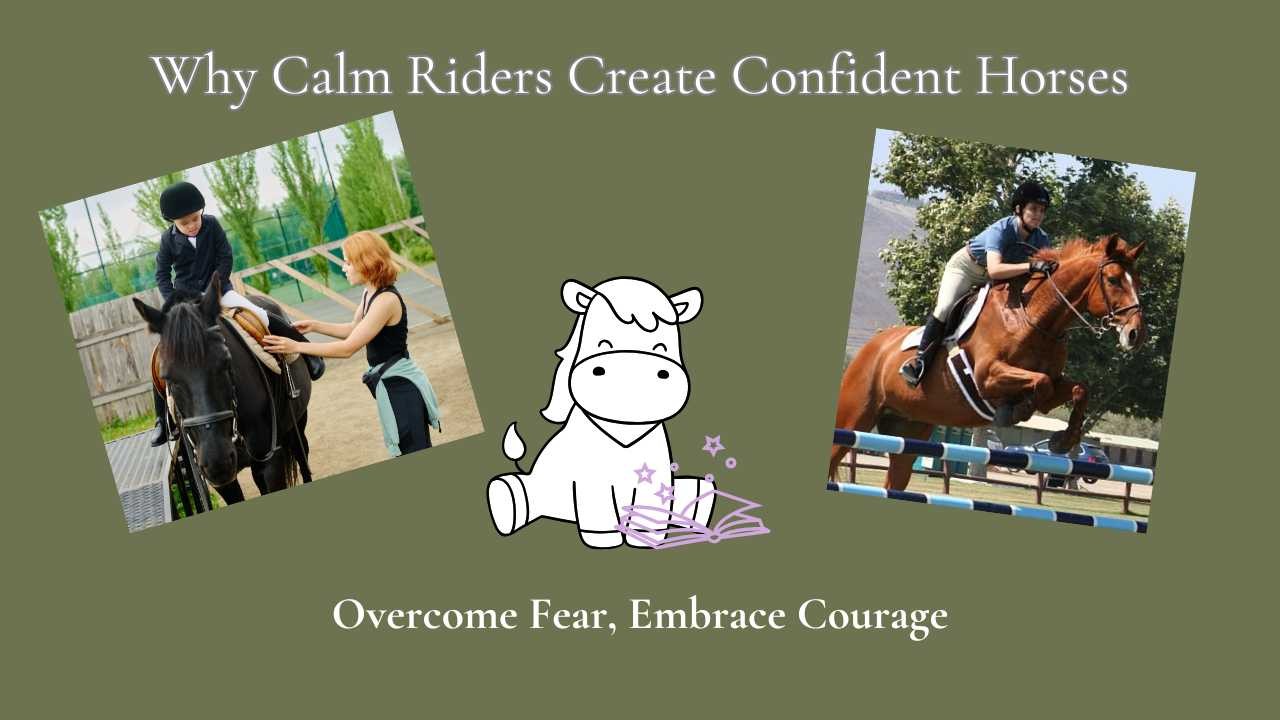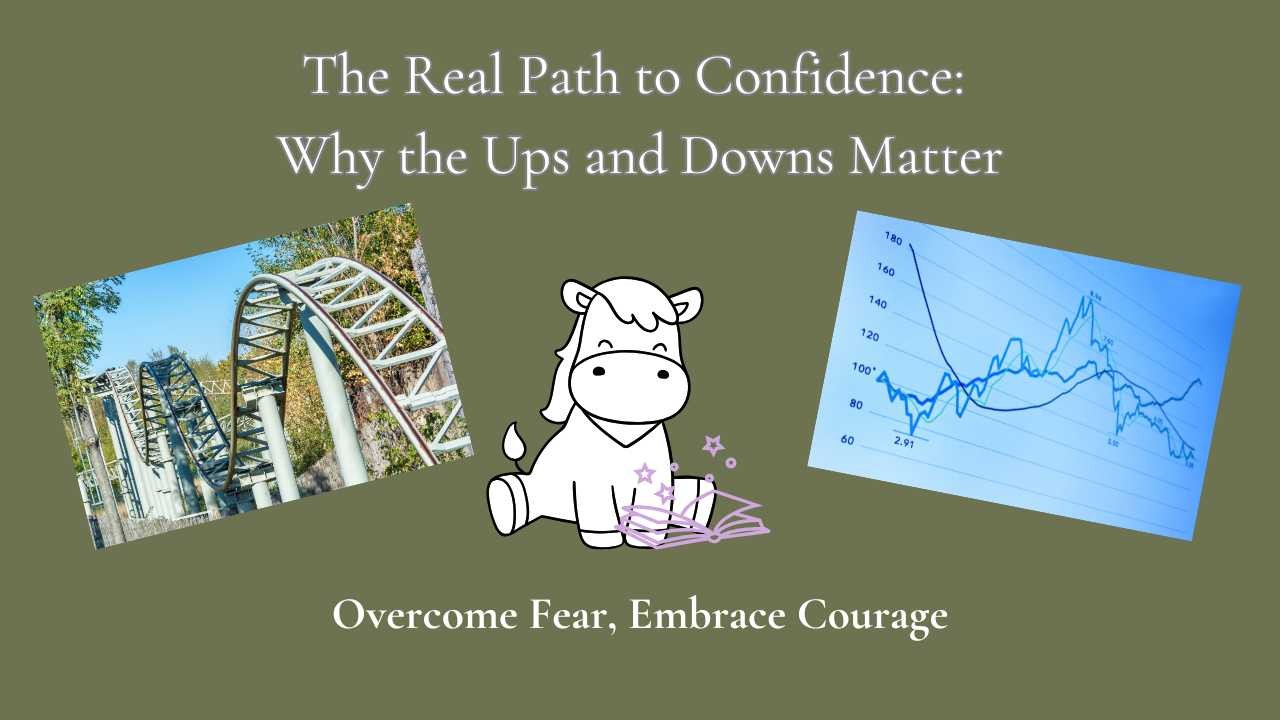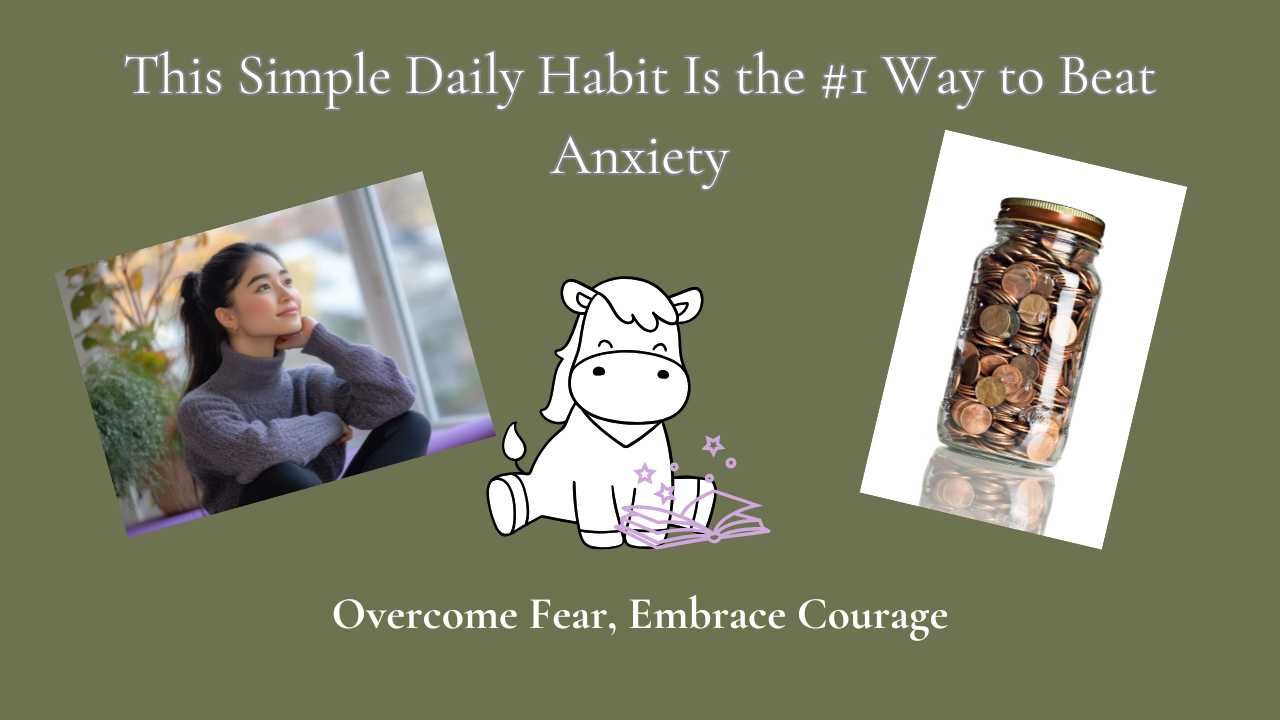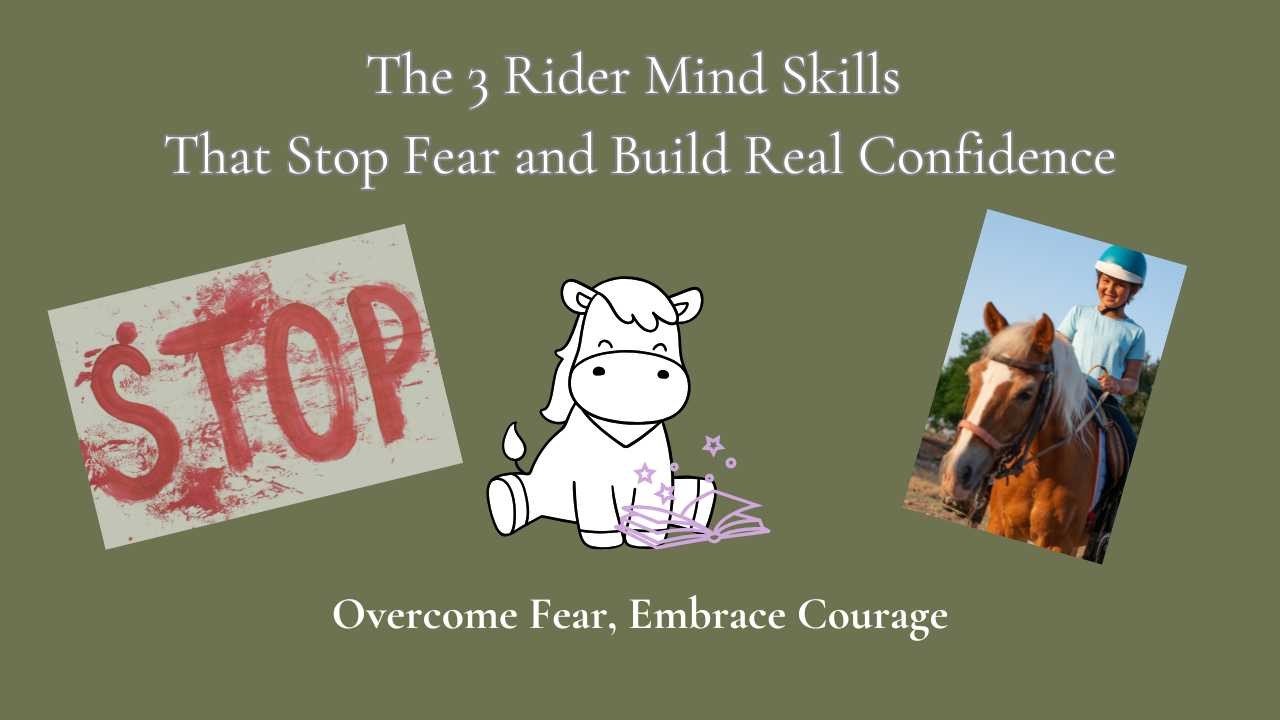
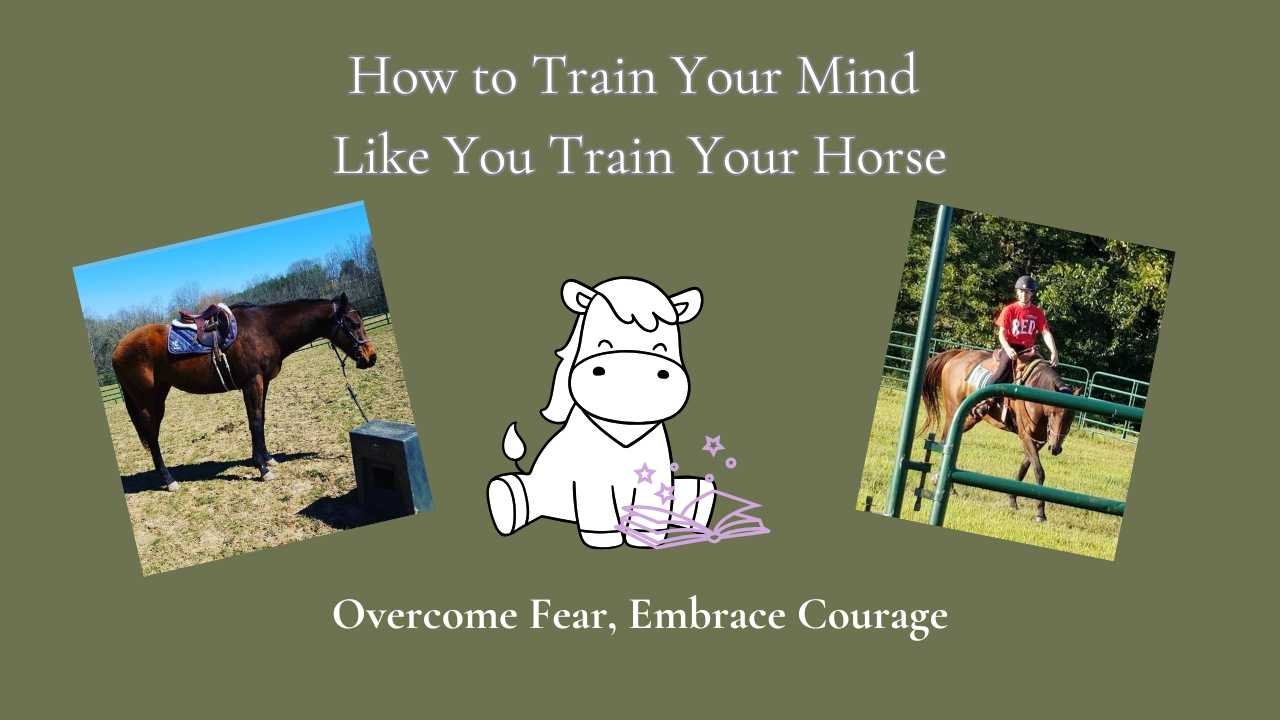
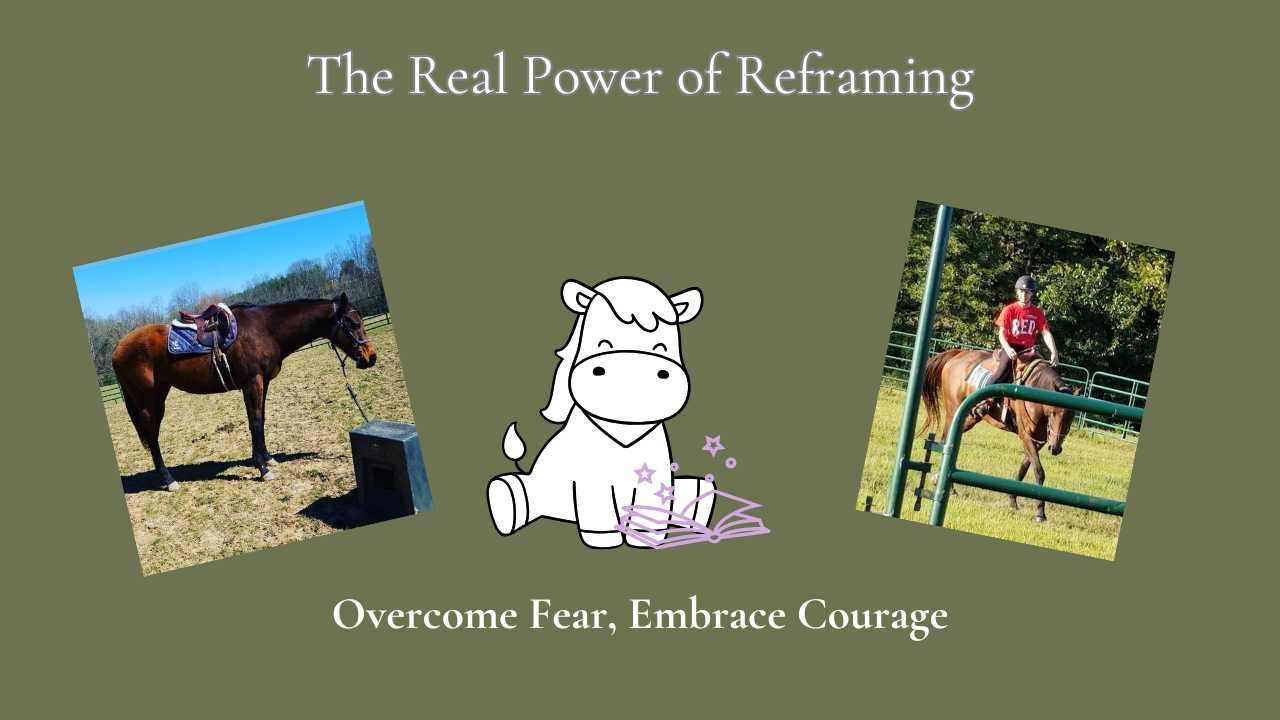
Have you ever noticed how your outlook on life can shift dramatically based on how you choose to perceive things? That’s the real power of reframing. Our thoughts are incredibly influential, shaping our feelings and ultimately, our reality.
Imagine you're stuck in traffic. Your initial thoughts might be yucky, full of frustration and impatience. These thoughts can make you feel stressed and negative. But what if you paused for a moment and changed those thoughts just a little bit? Consider the traffic as a chance to listen to your favorite podcast or an opportunity to practice patience. Suddenly, those medium thoughts start to shift your mood from tense to calm.
Now, let’s take it a step further. What if you reframed your thoughts into amazing ones? Rather than seeing the traffic as a hindrance, view it as a time for personal growth, a moment to focus on gratitude, or even a reminder of life’s unpredictable journey. These amazing thoughts can transform your feelings into positivity, hope, and contentment.
By deliberately choosing to reframe your thoughts, you empower yourself to change your feelings. It’s a gentle reminder that while we can’t control every circumstance, we can control how we respond through our thoughts. We can choose to change the story we tell ourselves into something that feels amazing. This works riding our horses too!
So the next time you find yourself caught in a spiral of yucky thoughts, remember the magic of reframing. Shift those thoughts from negative to amazing, and watch as your feelings follow suit, leading to a happier and more fulfilled life.
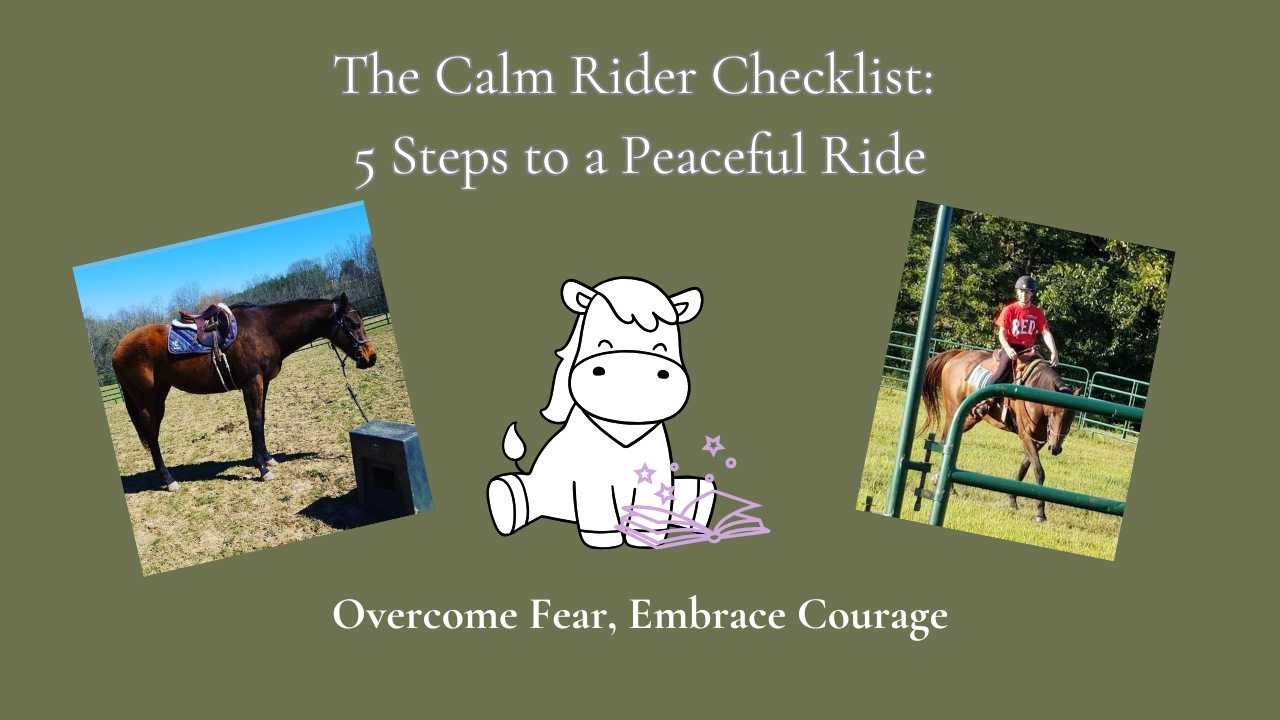
Before you halter your horse, I love to do 3 "Ferris Wheel" Rounds or square breathing works great too. Let your shoulders drop. Let your thoughts settle. This simple pause sets the tone for connection.
Decide what kind of ride you want—not in terms of goals, but energy. Maybe it’s “softness,” “patience,” or “quiet communication.” Your intention becomes your anchor.
Scan for tension. Are your shoulders tight? Is your jaw clenched? Release it. Your horse will follow your lead—especially when your body speaks calm.
Start with something easy. A relaxed walk. A gentle bend. Build trust through clarity, not complexity. When you simplify, your horse can succeed—and so can you.
No matter how the ride goes, finish with softness. A quiet walk. A loose rein. A shared breath. Let the final moment be one of calm.
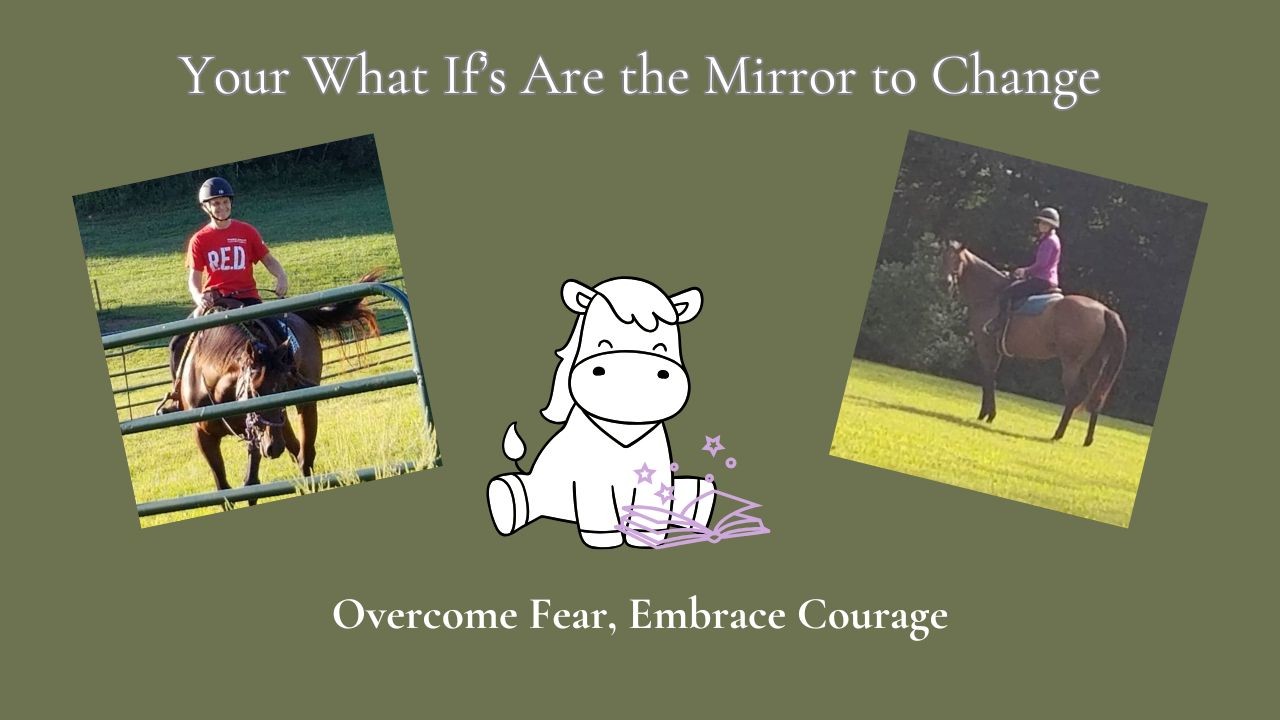
What if we have a calm, relaxed ride?
That became our mantra. Sometimes she leads it. Sometimes I do. But we always finish in peace.
- Find the root. Behavior is communication. Look for physical pain, emotional triggers, or past trauma—on both sides.
- Reframe the memory. Laughter helped us rewrite the story. We stopped replaying the worst moments and started celebrating the small wins.
- Choose a new “What If.” Make it your mantra. Say it before every ride. Let it guide your energy and expectations.
